Transition to 6G Takes Wireless into Unknown Territory
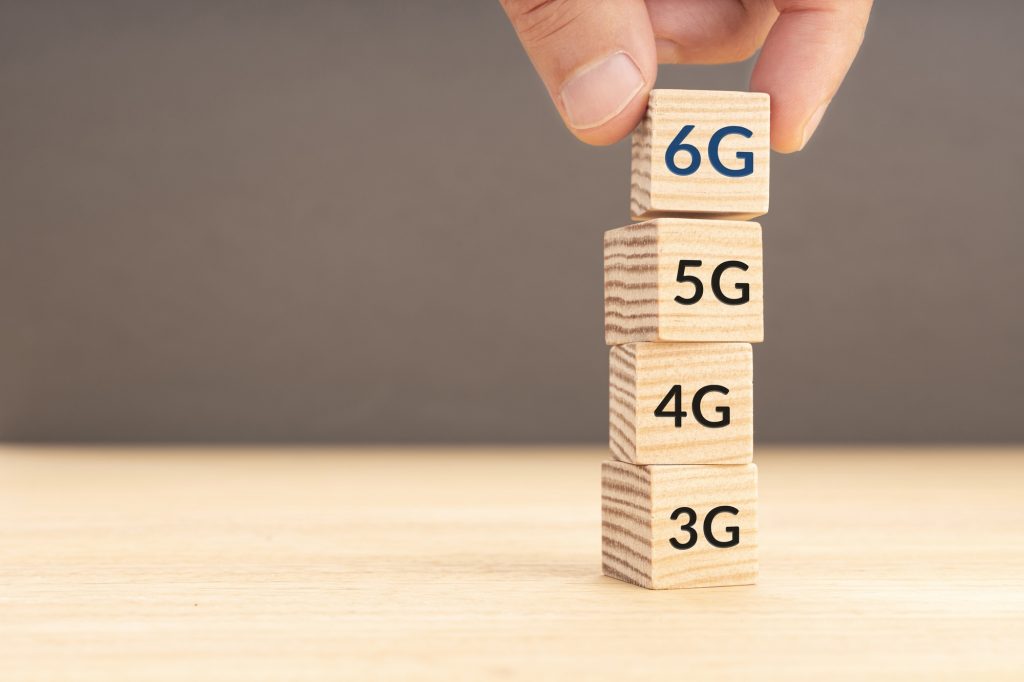
“We’re anticipating a smaller 6G surge in investment. As opposed to a nationwide buildout, 6G will be implemented in hotspot deployments to take care of capacity problems.” —-Joe Madden, Mobile Experts
Private 5G Networks – Powering the Future of Smart Cities, Autonomous Vehicles, and Edge Applications

Private 5G networks are quickly becoming essential for exciting technological advancements like smart city infrastructures, autonomous driving, and edge computing. Providing dedicated, high-speed, and low-latency connectivity, these networks are paving the way for innovations that are set to enhance urban living and mobility in truly transformative ways.
Can 5G Help Close the Digital Divide?
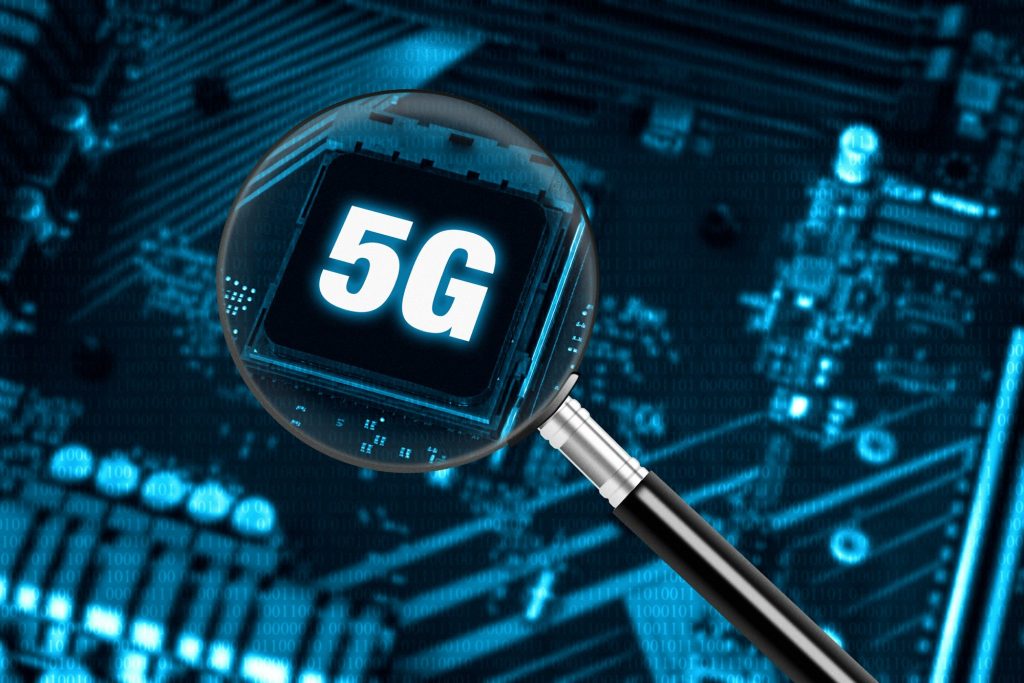
As 5G technology continues to roll out globally, its potential to bridge the digital divide—disparities in access to digital technologies—has become a focal point for policymakers and industry leaders. While 5G offers opportunities to enhance connectivity, especially in underserved areas, challenges such as infrastructure deployment, affordability, and digital literacy persist.
The Convergence of AI and 5G – Accelerating Edge Computing’s Evolution

The swift progress of artificial intelligence (AI), especially in inference workloads, is boosting the demand for edge computing solutions like never before! This exciting development goes hand in hand with the rollout of 5G networks, allowing for low-latency and high-bandwidth applications right at the network’s edge. We can look forward to the amazing potential of edge computing and 5G for ushering in a new era of intelligent applications and services.
Chinese Tech Firm Founded by Huawei Veterans Under U.S. Scrutiny

Baicells Technologies, a telecommunications hardware company established in 2014 by former Huawei employees, is currently under investigation by the U.S. Commerce Department and the Federal Bureau of Investigation (FBI) due to potential security risks. The company’s rapid expansion across the United States has raised concerns regarding national security, given its Chinese origins and the background of its founders.
Strategic Expansion of Military Communications

The Department of Defense has dramatically expanded its 5G testing program, adding seven major military installations to its experimental network. This strategic expansion, representing the second phase of the Pentagon’s ambitious 5G initiative, positions the U.S. military at the forefront of next-generation communications technology development. The move signals a significant step forward in the DOD’s commitment to maintaining technological superiority in an increasingly connected battlespace.
Money Trickles into U.S. 5G Manufacturing
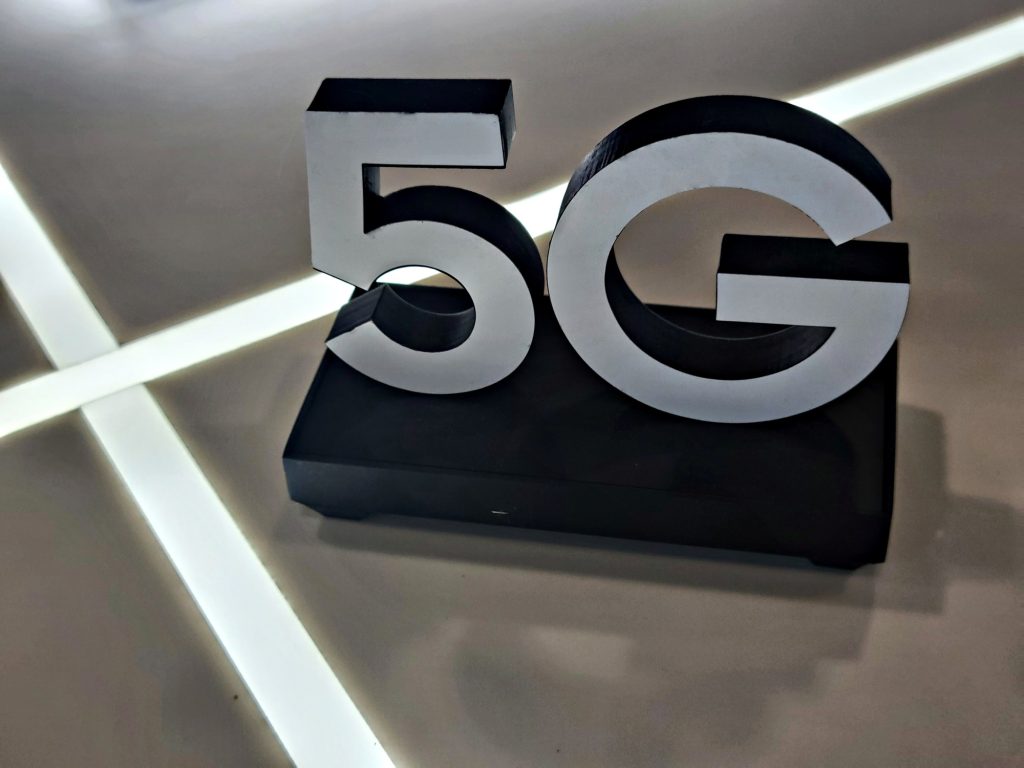
The Wireless Innovation Fund is a fraction of the nearly $53 billion that the act will funnel into funding semiconductor supply chains into the country. Additionally, the U.S. cash-infusion into 5G is a drop in the bucket compared to $22.81 billion that Huawei spent on R&D in 2023 alone. The company’s total R&D investment over the last decade now exceeds $150.7 billion.
Fiber and 5G Challenge Cable Broadband’s Dominance.
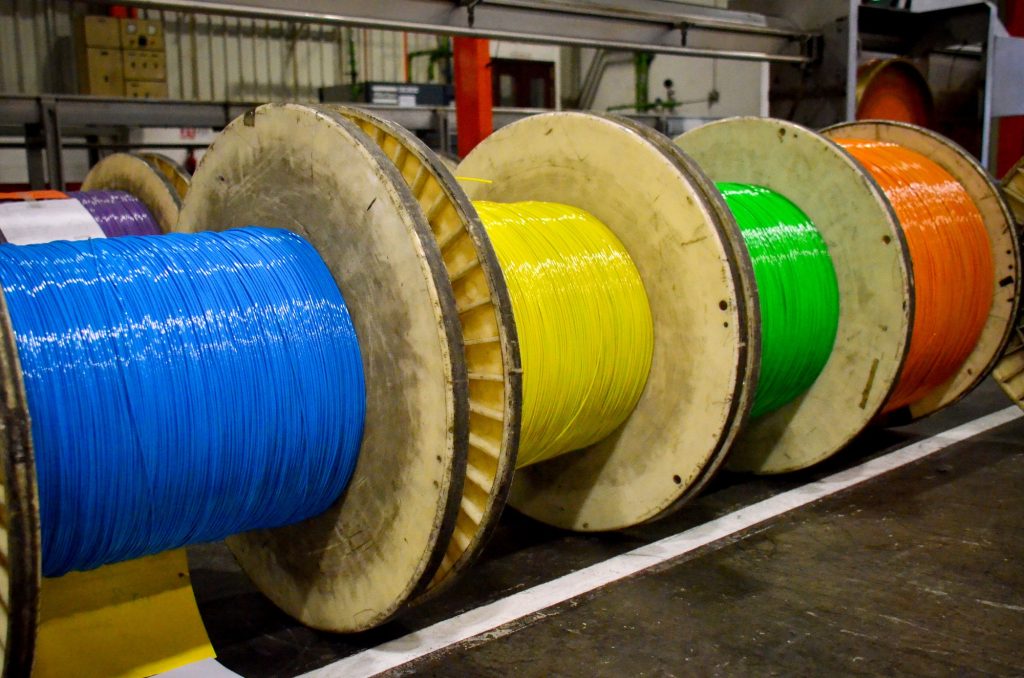
As fiber-optic networks and 5G technology expand rapidly, the future relevance of cable broadband is under scrutiny. Industry experts analyze how cable can adapt and coexist in an increasingly competitive broadband landscape.
Wi-Fi or Private 5G? Why Not Both?
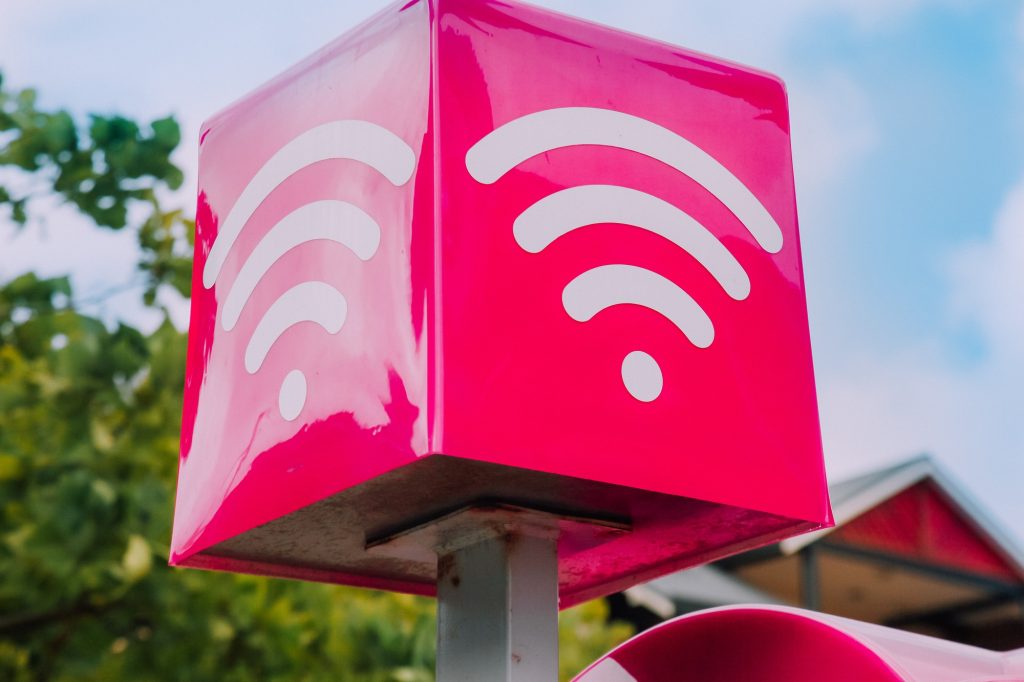
The Wireless Broadband Alliance is leading the charge to converge the existing Wi-Fi base of networking with the next generation of private 5G networks.
Global 5G Connections Pass Two Billion
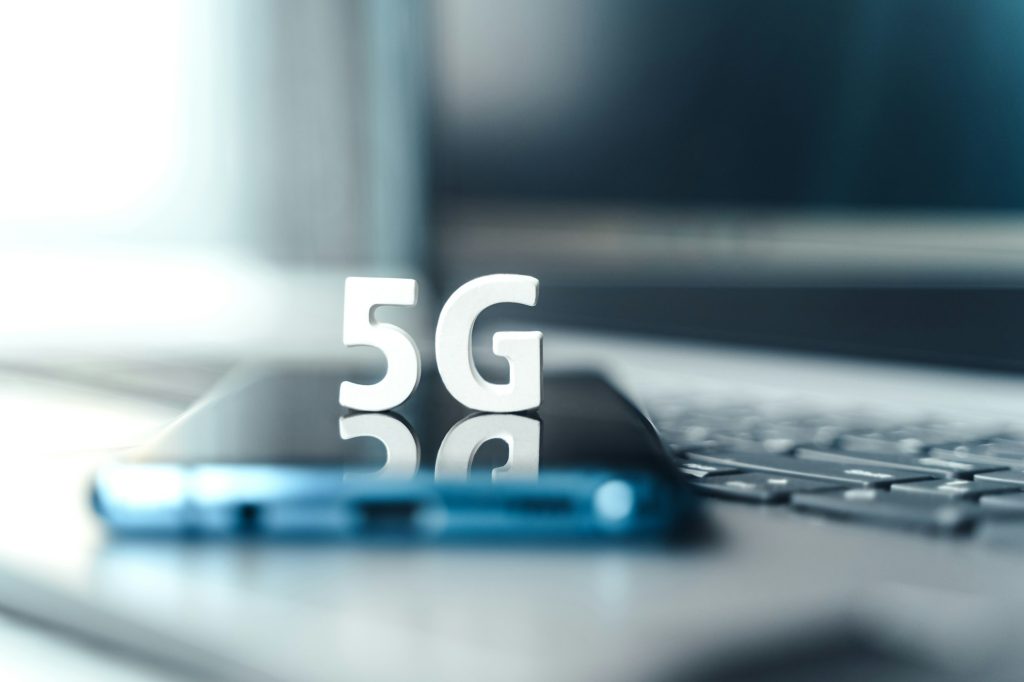
Despite the post-hype disillusionment that always accompanies a new technology, the global number of 5G users accelerated in the third quarter, adding more than 170 million 5G connections, according to […]
